The roots of the Ukraine War
Did the Cold War Really End?
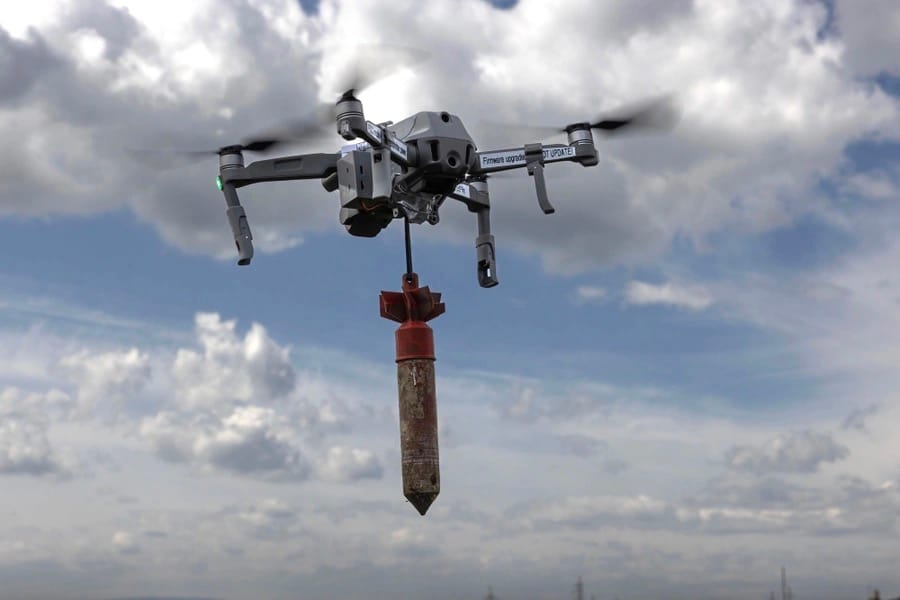
Originally published October 30, 2022
“Every achievement contains within its success the seeds of a future problem” – James Baker, Secretary of State (1989-1992)
Introduction
There are two schools of thought on US-Russia relations. The first is that the US is blessed by its geography. It has oceans on both sides and weaker countries to its north and south. An invasion of the US would be virtually impossible. We have plenty of energy and food. The only threat to us is nuclear Intercontinental Ballistic Missiles (ICBMs). And the only nation with more ICBMs than us is Russia, with 5,977. Therefore, we should not poke the Russian Bear and instead seek to contain it.
The second is simpler: Russia is the only nation on earth with the power to kill every American within 30 minutes and must be destroyed.
Opinions on how to handle Russia are thus deeply divided in America. This post seeks to provide the relevant recent history of US-Russian relations and better inform our readers about the ongoing Russo-Ukrainian War.
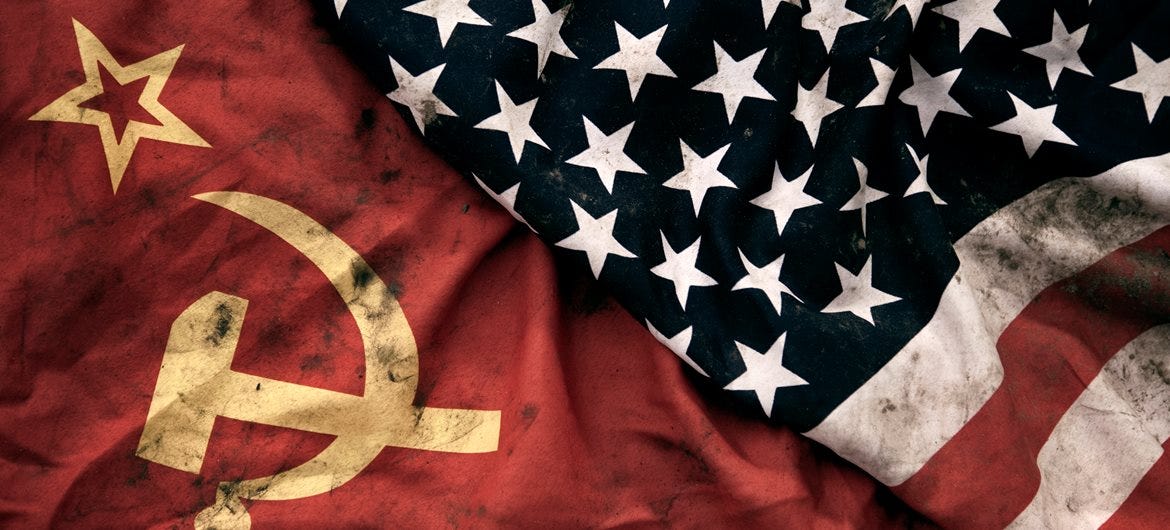
US-Russia Relations: From the end of the Cold War to Covid
A young KGB agent named Vladimir Putin sat humiliated in East Germany as the Berlin Wall came down in 1989, symbolizing the weakening of the Soviet Union (USSR) for the whole world to see. The USSR officially collapsed as a political entity in 1991 after Ukraine voted for its independence. The 1990s in Russia were a terrible time, with double-digit inflation, bread lines, and the birth of a new oligarch class who got their wealth by thieving vast chunks of the old Soviet state. Comically drunk President Boris Yeltsin handed over power to a political unknown, Vladimir Putin, in 1999. Putin promised to stabilize the economy, restore dignity to the Russian state, and pursue democratic reforms, which the West embraced.
Meanwhile, across the Atlantic a debate raged about what to do with NATO. NATO’s founding purpose was to counter the USSR and the Warsaw Pact, both of which had collapsed. Some wanted to expand NATO. Others wanted to disband NATO. Others still wanted to add Russia to NATO. The leading anti-expansion voice was George Kennan, the architect of the US “containment” policy that peacefully won the Cold War. Writing in the New York Times, he said that:
Expanding NATO would be the most fateful error of American policy in the entire post-cold-war era. Such a decision may be expected to inflame the nationalistic, anti-Western and militaristic tendencies in Russian opinion; to have an adverse effect on the development of Russian democracy; to restore the atmosphere of the cold war to East-West relations, and to impel Russian foreign policy in directions decidedly not to our liking.
He went on to compare expanding NATO to the burdensome conditions the Allies put on Germany after WW1, which are widely agreed upon to have caused WW2.
On the other side of the debate was the argument that Russia may not stabilize as a peaceful democracy and that NATO expansion was a hedge against that possibility.
Expanding the alliance won out and 13 new countries have been added since 1991. Finland and Sweden were invited to join NATO in July 2022.

Figure 1: NATO's expansion eastward
Ever since Putin came to power and NATO was expanded, there has been a continuous deterioration of US-Russian relations. In 2008, Russia invaded Georgia to prevent them from joining NATO. In 2012, failed US Presidential candidate Mitt Romney called Russia the US’ number one geopolitical enemy, to widespread ridicule. In 2014, Russia annexed Crimea and launched a covert war in the Donbas region of eastern Ukraine. Russia has supported the anti-American faction in the Syrian civil war, a proxy conflict. State-sponsored Russian hackers allegedly meddled in the 2016 US Presidential election and in 2020 launched a massive cyberattack against the US government.
Ukraine: The Bloodlands
Ukraine sits on the western reaches of the Eurasian steppe—often described by historians as a “gate” between regions—so its plains have long been a crossroads for empires. In the medieval and early-modern eras, the area between Christian powers and Muslim-ruled Crimea under the Ottomans became a contested frontier. Over centuries the Mongols, Ottoman-aligned forces, Napoleon, and the Bolsheviks all fought over parts of Ukraine. In World War II, the USSR annexed western Ukrainian lands in 1939; Nazi Germany’s 1941 invasion brought brutal occupation across Ukraine. The Red Army’s counteroffensive ended with Berlin’s capture and postwar division. Ukrainians endured severe atrocities under both Soviet and Nazi rule, including the Holodomor.
Modern Ukraine is a complex and diverse nation marked by distinct regional differences. The eastern regions maintain closer ties to Russia, while the western areas lean toward greater independence and European integration. This geographic divide closely mirrors linguistic patterns, where Russian serves as the native language for much of the east, and these linguistic boundaries often correlate with voting behavior.
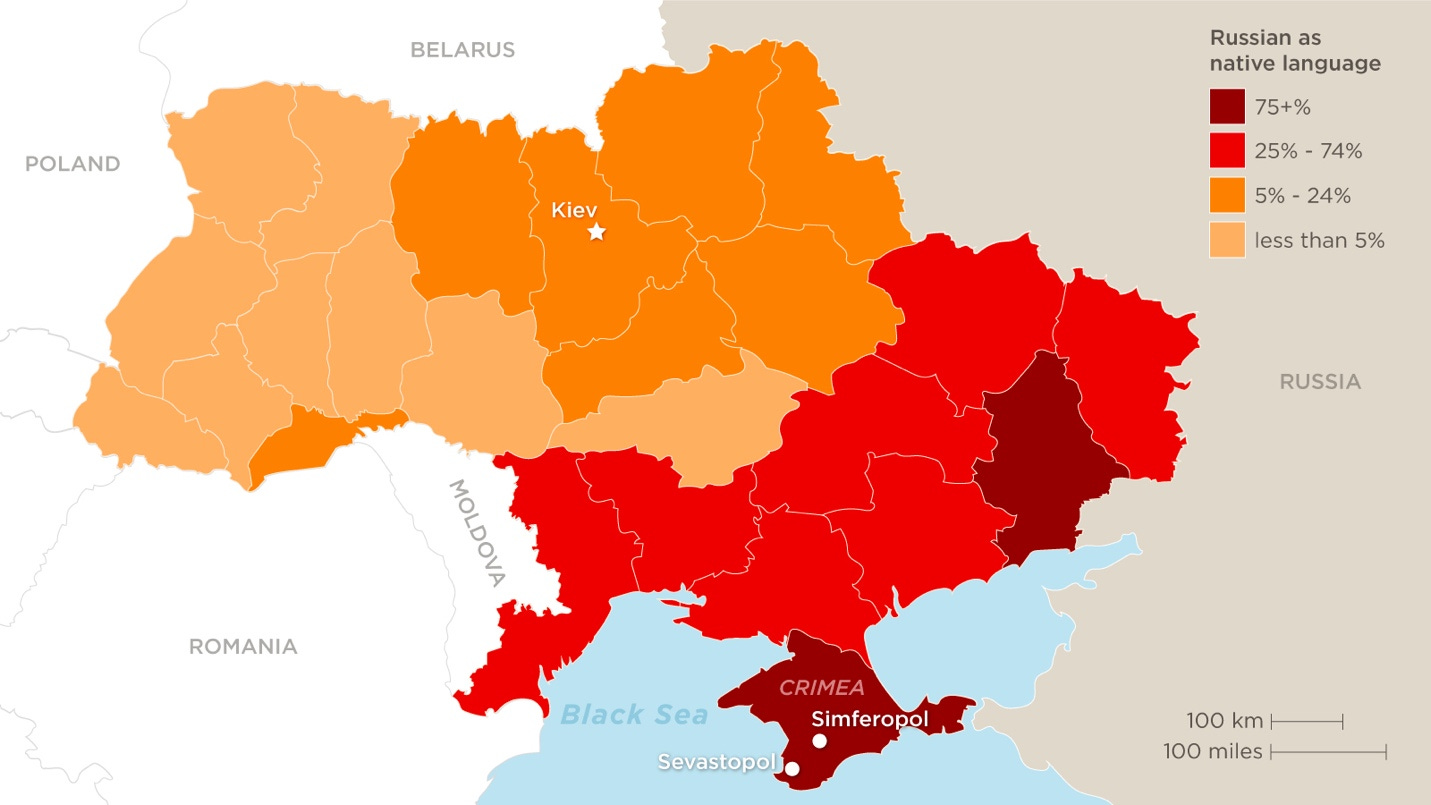
Figure 2: Ukraine divided by native language
These divisions stem largely from Imperial Russian and Soviet-era industrial development and colonization policies. The heavy Russian-speaking presence in eastern and southern Ukraine resulted from decades of state-encouraged migration to work in Donbas factories and mines, as well as earlier Imperial Russian settlement of the "Novorossiya" territories in the 18th and 19th centuries. This historical legacy has left Ukraine politically fragmented, with governments alternating between pro-Russian and pro-Western orientations. Such deep internal divisions have made the country a focal point for competing foreign influences, with both Russia and the United States regularly attempting to sway Ukrainian elections and policy.
In 2004 after the pro-Western candidate was mysteriously poisoned by a compound found in Russia, the more pro-Russian candidate “won” the presidential election but the result was widely seen as rigged. After massive peaceful protests, a re-vote was ordered with the pro-Western candidate winning 52%-45%. The election was declared clean by international observers. This vote and associated demonstrations became known as the Orange Revolution, which was one of several “color revolutions” in states of the former-USSR around this time where pro-Western governments came to power. Covert CIA involvement in these “color revolutions” is suspected, but not proven. However, overt US support of the pro-Western candidate’s campaign was reported by various media outlets.
The pro-Russian candidate won power in 2010 and massive protests broke out in 2013 after he did not sign a free trade agreement with the EU. The Revolution of Dignity, as it became known, escalated into 2014 until shots were fired into the crowd from an unknown source. In the ensuing chaos, government security forces opened fire on the crowd, killing over 100 protestors and dozens of police officers. The democratically-elected president was overthrown, he fled to Russia, and a pro-Western government was installed in a revolution…or coup depending on your perspective. The new Ukrainian government said the snipers were Russian, but that has been disputed. Again, Western involvement was suspected by the Russian side in the events but not proven. Suspicions of US-involvement grew after leaked audio appeared on YouTube of a US State Department official conspiring about who should replace the overthrown president.
This chain of events led to the Russian annexation of Crimea and the initiation of a Russian-backed covert war in the Donbas region of eastern Ukraine in 2014. The war in the Donbas sparked an international incident when an errant anti-aircraft missile shot down the civilian airliner Malaysian Air Flight 17. US President Barack Obama ultimately declined to get involved because he concluded that there was no vital US interest at stake in Ukraine. The conflict was largely frozen until February 2022, when Russia's full-scale invasion resulted in today's conflict.

Figure 3: Ukraine's size versus the US
What Russia wants in Ukraine
Like any war, there are many reasons for the conflict:
· Ukraine forms a territorial buffer between the NATO alliance and Russia. Furthermore, given its bloody history as an invasion route to Moscow, Russia wants to keep it from hostile actors. The North American analog would be Mexico entering a security alliance with China. The US wouldn’t tolerate that.
· The Russian state is in demographic collapse. They took massive casualties in WW2 and the terrible 1990s compounded the problem. As a result, they lack military-aged males. If they push through Ukraine, they can economically defend the Bessarabian Gap and use the Carpathian Mountains as a natural defense. With NATO in Ukraine, they would need more men to defend their border.
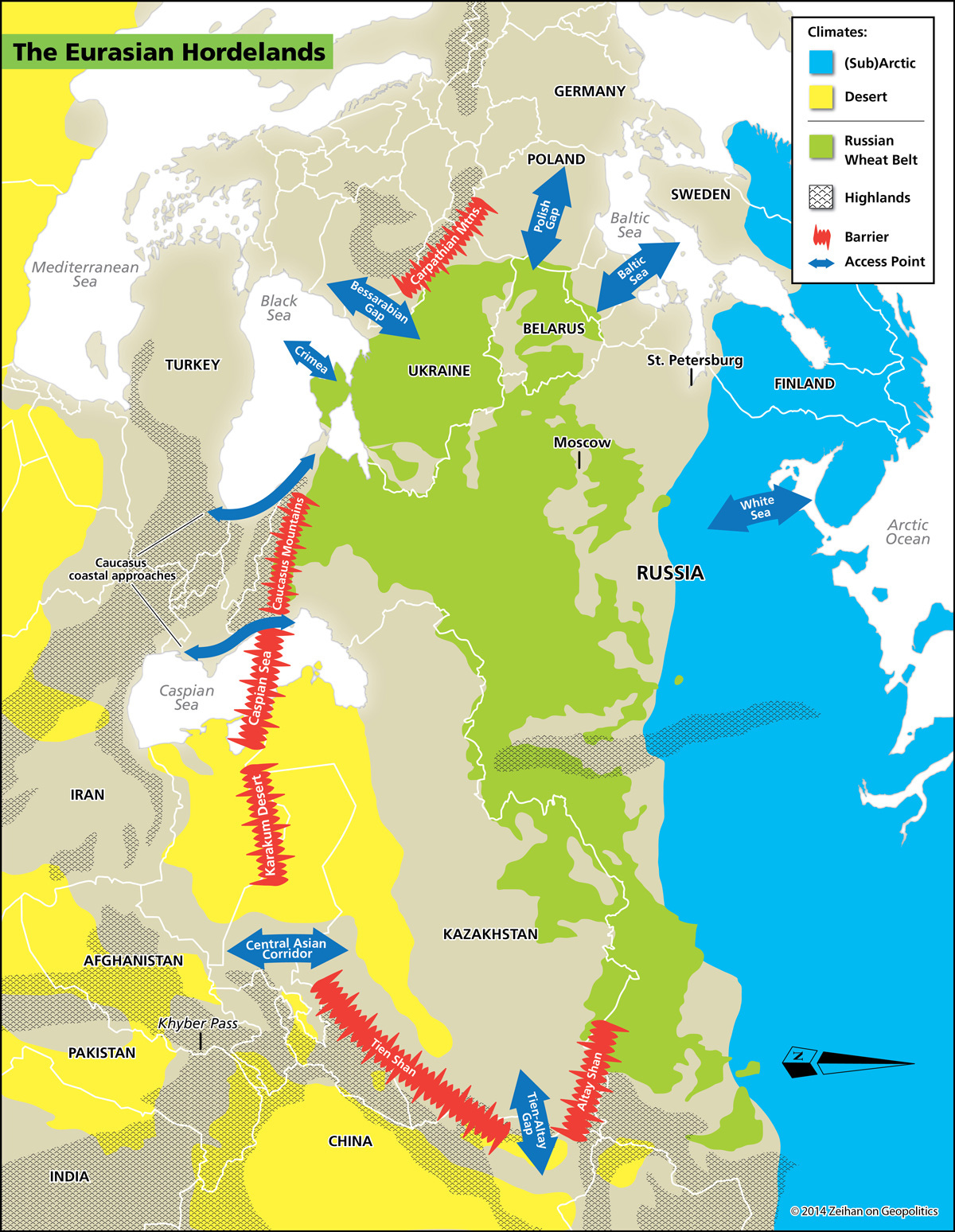
Figure 4: Eurasian invasion approaches
· A party to an active conflict can’t join NATO. As long as Russia is in Ukraine, they can’t join NATO.
· Putin views the West and its democracy promotion efforts as an existential threat to his autocratic regime and wants to keep them at arms-length.
Putin has been saying Ukraine entering NATO was his red line since the 2000s, but unfortunately an agreement couldn’t be made to prevent this war.

Figure 5: Putin negotiates with French President Emmanuel Macron
Much has been made about how Putin wants to revive the USSR or even Tsarist Russia, and that might be true. Putin even requires every Russian soldier sent to Ukraine to carry a copy of his 5,000-word essay “On the Historical Unity of Russians and Ukrainians.” But that is likely ancillary to his primary security and geopolitical goals.
February 2022 Invasion and Subsequent Events
Russia amassed forces on the Ukrainian border at the start of 2022. US officials loudly declared Putin intended to invade but many were skeptical. Then, Russia launched the largest land invasion since WW2. They attacked in the east and made a failed decapitation strike on the capital Kyiv. TikTok videos from a defiant Ukrainian President Volodymyr Zelensky elevated the conflict to a global information war. Since then, the US has been very loudly providing Ukraine with arms, intelligence, and other military aid. This is in contrast to our previous proxy war with the Soviet Union in the 1980s, where our aid to the Afghan Mujahedeen was covert.
Since then, the war has continued to escalate and all sides eschew a negotiated peace. In Ukraine, Zelensky risks overthrow by ultra-nationalists if he entertains any territorial settlement that infringes on Ukraine’s pre-2014 borders. The West, whose funding is sustaining the Ukrainian side, has also refused to negotiate. Ukraine and Russia had a tentative deal back in April 2022 before former-British PM Boris Johnson traveled to Kyiv to scuttle it.
Russia and Ukraine may have agreed on a tentative deal to end the war in April, according to a recent piece in Foreign Affairs.
“Russian and Ukrainian negotiators appeared to have tentatively agreed on the outlines of a negotiated interim settlement,” wrote Fiona Hill and Angela Stent. “Russia would withdraw to its position on February 23, when it controlled part of the Donbas region and all of Crimea, and in exchange, Ukraine would promise not to seek NATO membership and instead receive security guarantees from a number of countries.”
The news highlights the impact of former British Prime Minister Boris Johnson’s efforts to stop negotiations, as journalist Branko Marcetic noted on Twitter. The decision to scuttle the deal coincided with Johnson’s April visit to Kyiv, during which he reportedly urged Ukrainian President Volodymyr Zelensky to break off talks with Russia for two key reasons: Putin cannot be negotiated with, and the West isn’t ready for the war to end.
Since then, the war has brutally progressed with the Russian’s capturing territory inch by inch. For all the talk of war in the 21st century relying on cyberattacks and AI, the primary tactic has been the use of old-fashioned heavy artillery. One surprise has been the Russian Air Force’s failure to establish air superiority, which has kept Ukraine in the war.
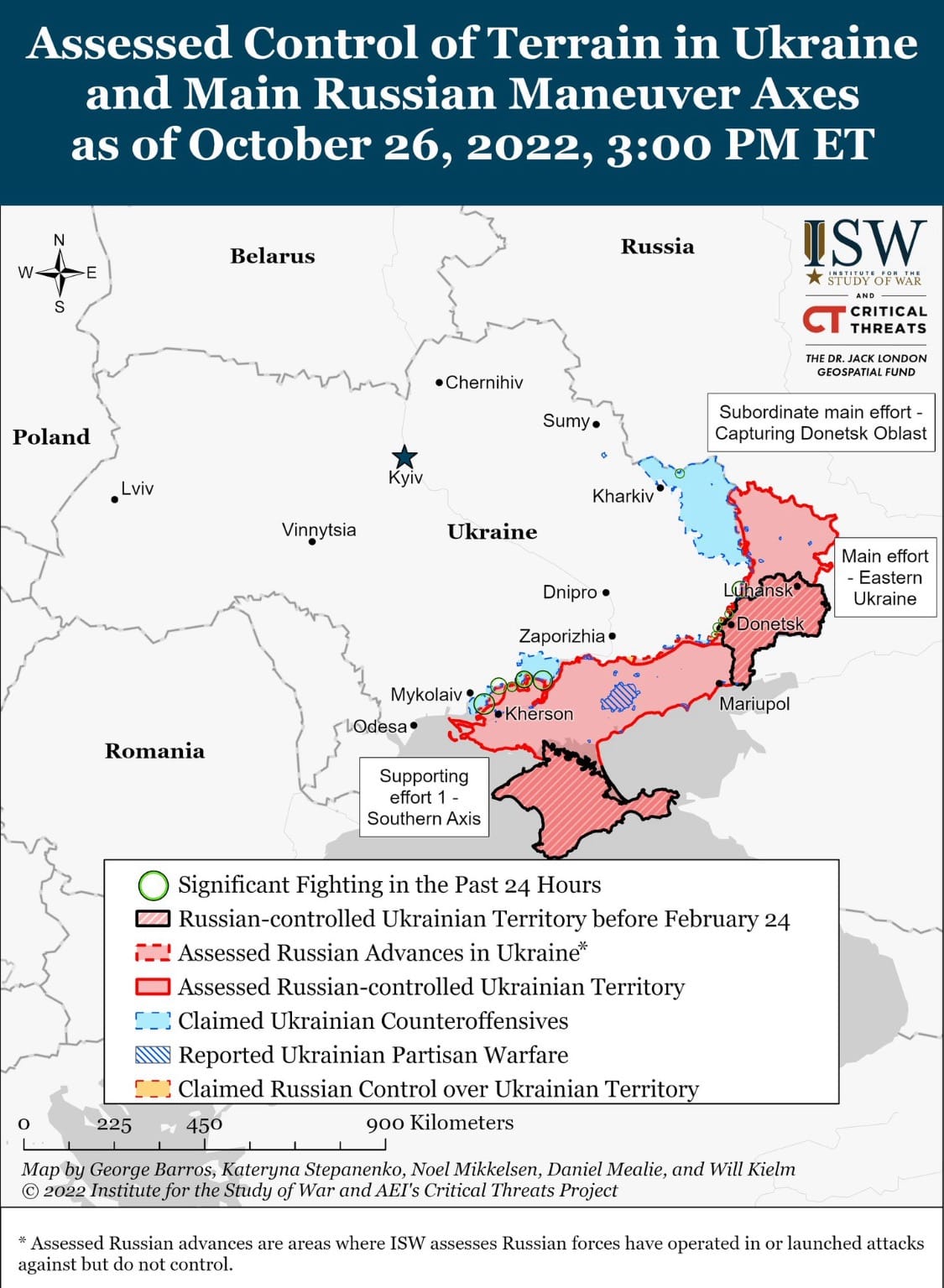
August 2025 update: the current territorial control map doesn't look all that different almost 3 years later, but as many as 340,000 Ukrainian and Russian boys and men have been killed in grueling WW1-style trench and 21st-century drone warfare.
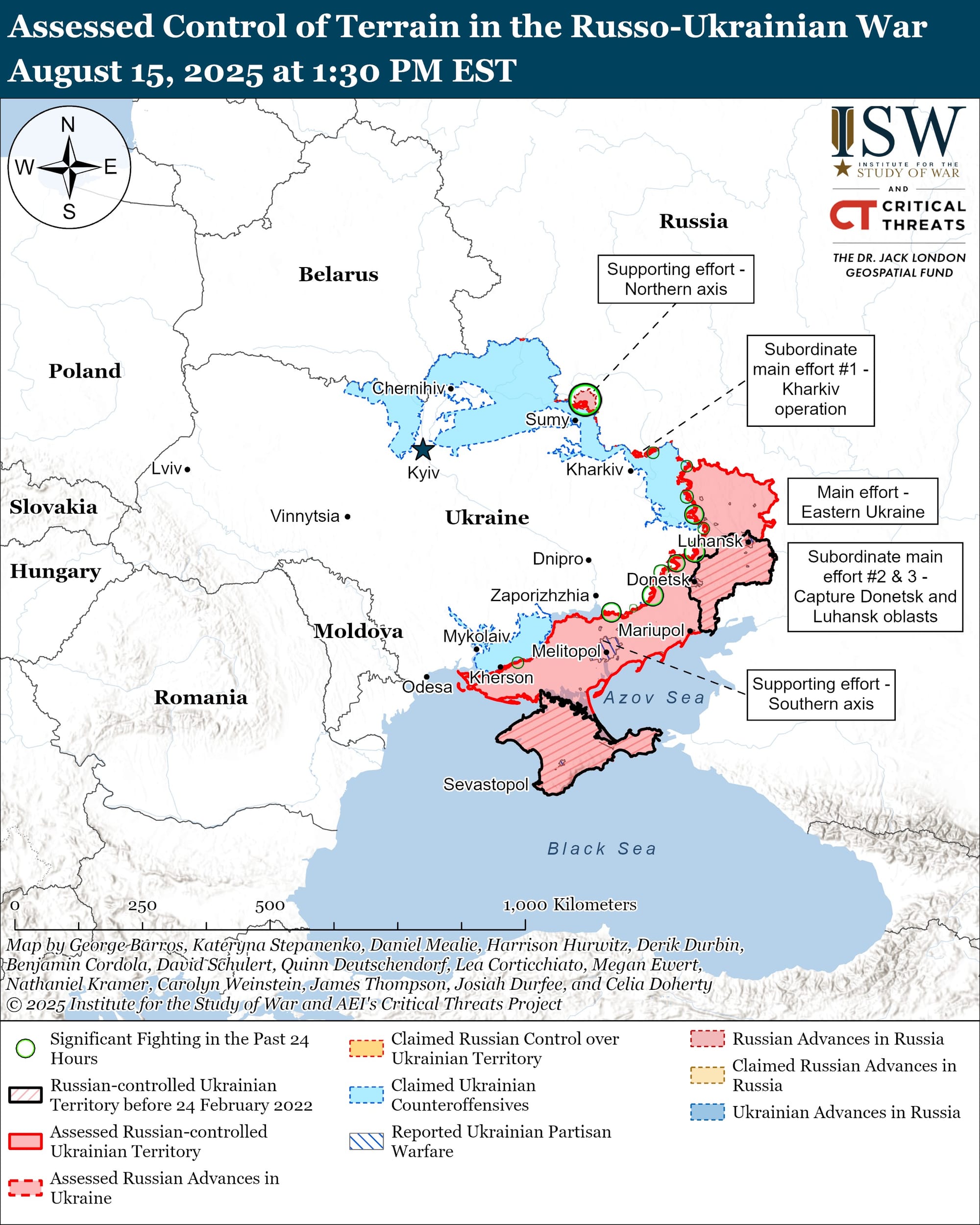
US President Donald Trump campaigned on ending the war, and won the 2024 US Presidential election. Trump and Russian President Vladimir Putin met on Friday in Alaska, but failed to reach an agreement to end the war.
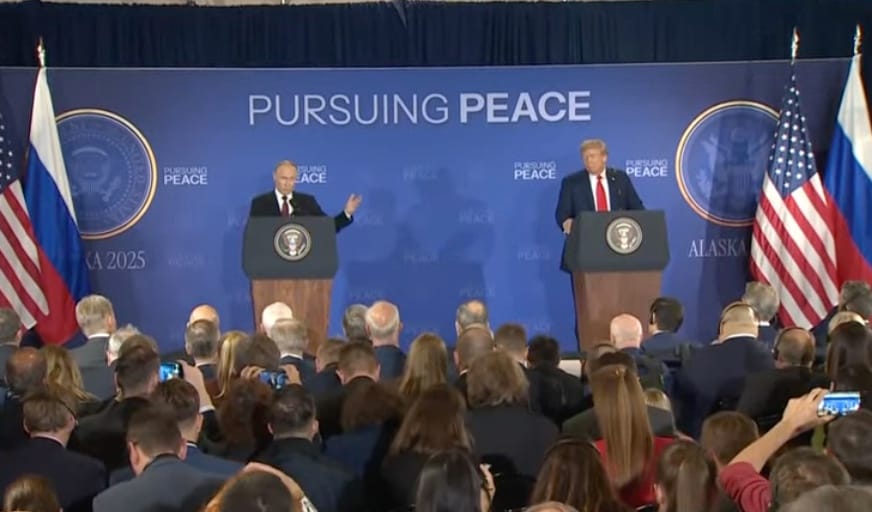
Until the roots of this conflict are addressed, guarantees that ensure both Ukrainian and Russian security, the biggest land war of the 21st century will continue.

